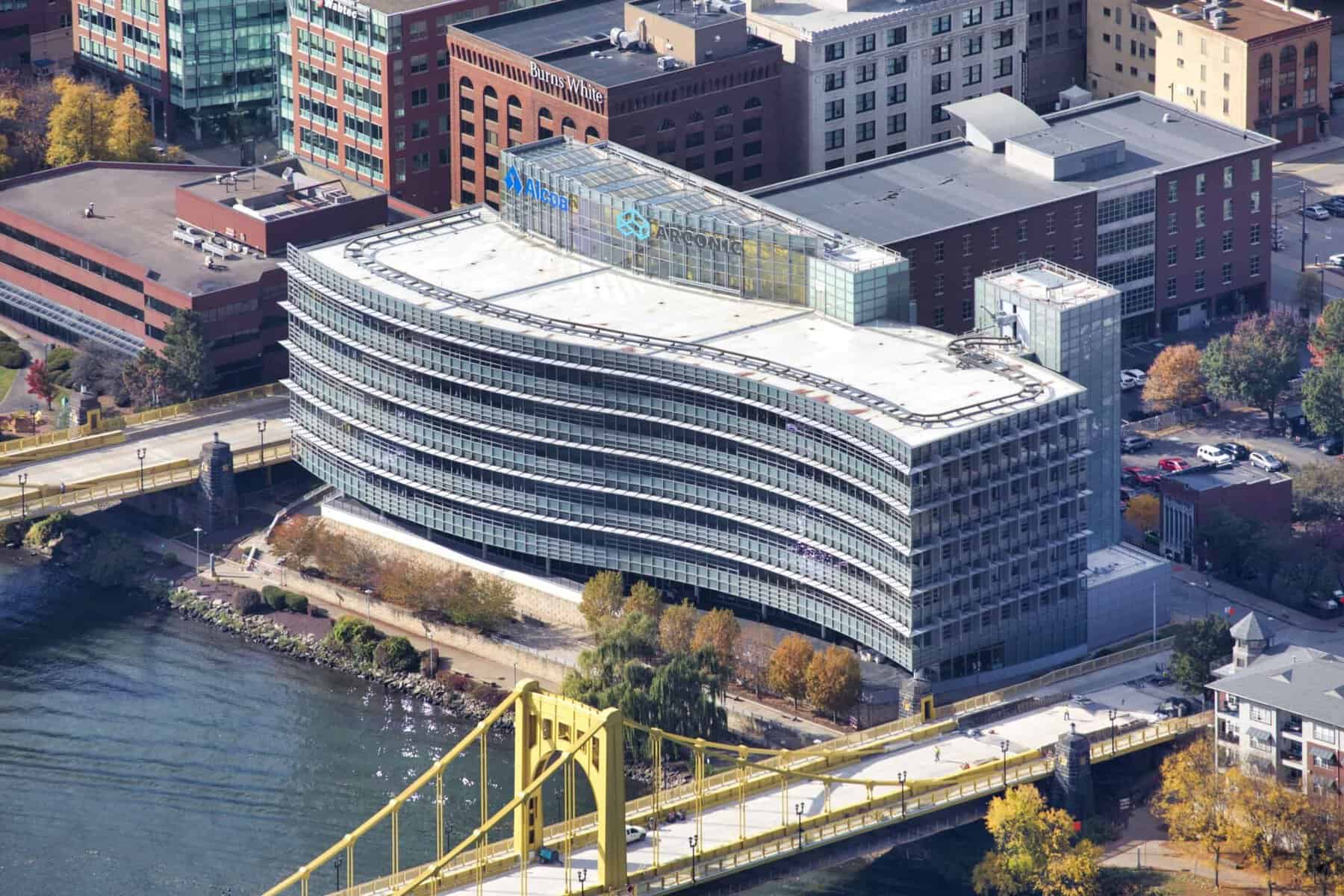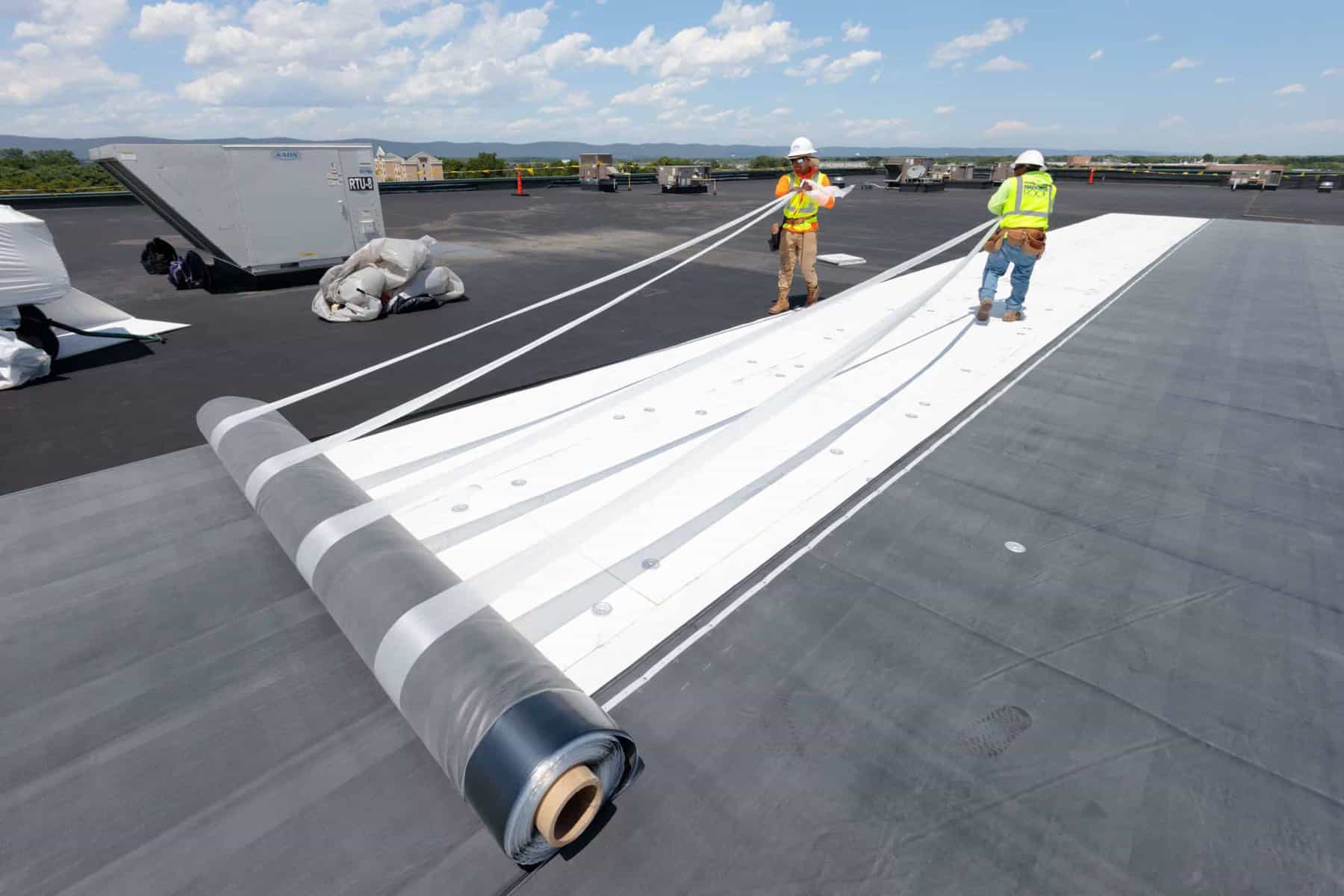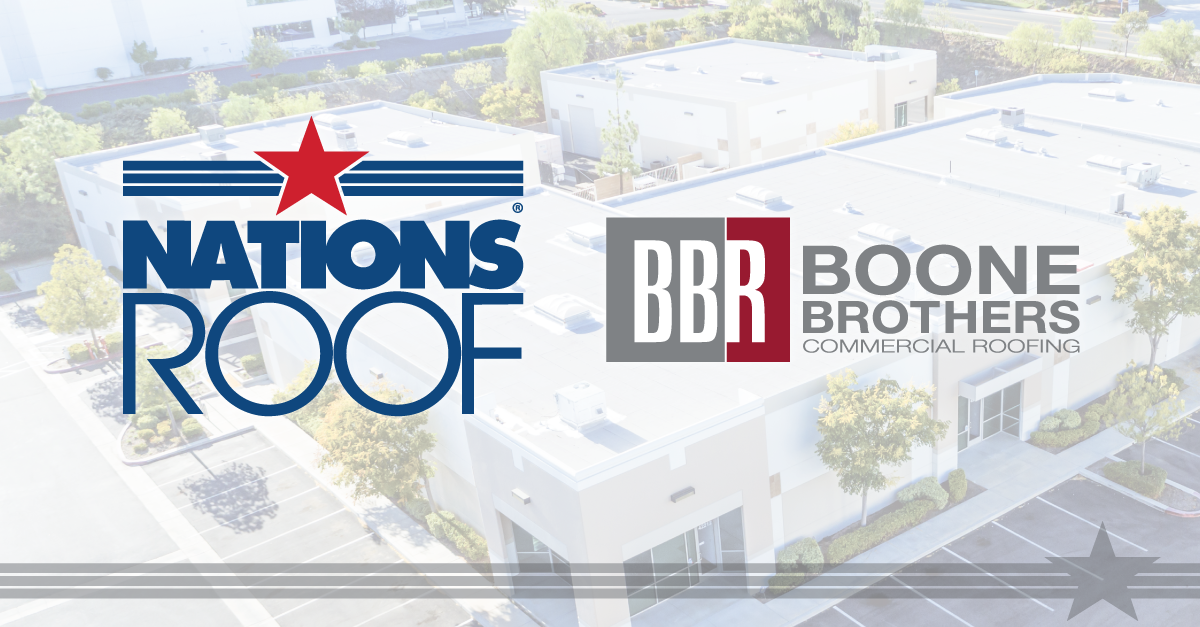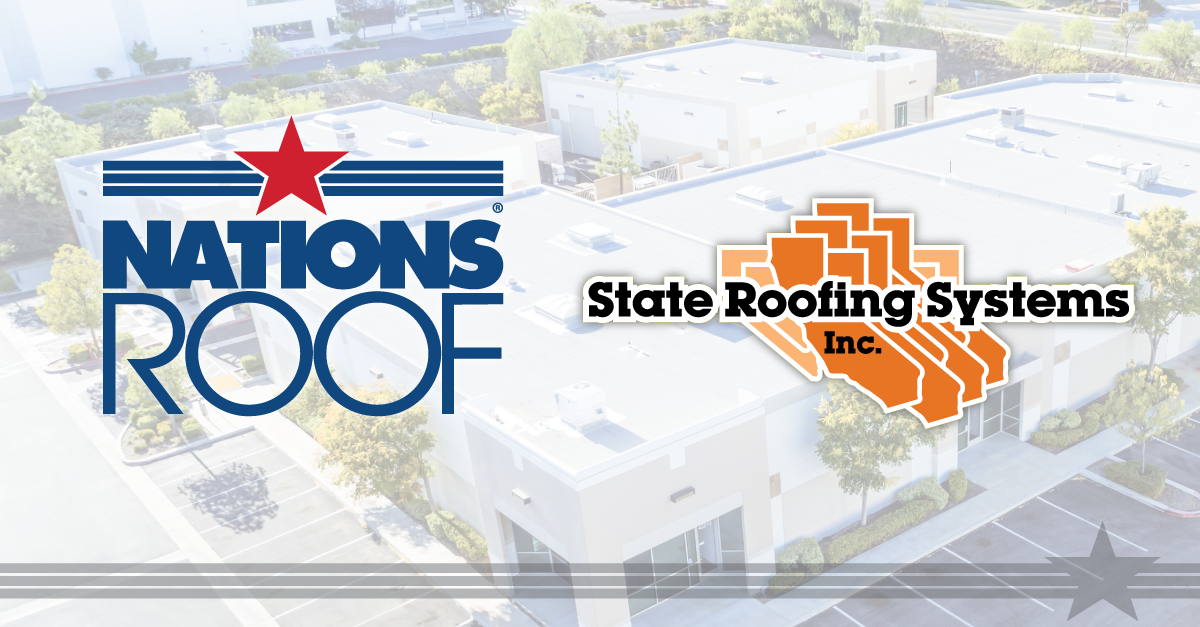Built-Up Roof vs. TPO: Pros, Cons & Key Differences
By Nations Roof on Sep 11, 2025 9:06:59 PM

Choosing a commercial roofing system is a big decision for property owners and facility managers. Two of the most common systems are Built-Up Roofing (BUR) and TPO (Thermoplastic Polyolefin). Each has unique strengths, applications, and considerations. Let’s compare the differences so you can make an informed choice.
Built-Up Roofing (BUR) Systems
Built-Up Roofing (often called “tar and gravel roofs”) has been used in the U.S. for over 100 years, making it one of the oldest and most proven commercial roofing systems.
What it is: BUR consists of multiple layers of asphalt (bitumen) alternated with reinforcing plies, finished with a gravel or mineral cap sheet. A common hybrid variation includes a modified bitumen cap sheet for additional flexibility and performance.
Pros of Built-Up Roofing:
-
Excellent waterproofing protection
-
Multiple layers provide redundancy and durability
-
Fire-resistant assemblies available
-
UV protection from gravel or mineral surface
-
Handles heavy foot traffic better than many membranes
-
Withstands harsh weather when installed and maintained properly
Cons of Built-Up Roofing:
-
Heavier than single-ply membranes, requiring a strong deck
-
More complex installation with hot asphalt or adhesives
-
Repairs can be harder due to multiple layers
-
Standing water can cause soft spots, blistering, or surface undulations if drainage is poor
Expected lifespan: 20–30 years with proper installation and maintenance
TPO (Thermoplastic Polyolefin) Roofing Systems
TPO is the fastest-growing single-ply membrane system in the U.S., introduced in the late 1990s.
What it is: A lightweight, flexible membrane composed of polypropylene and ethylene-propylene rubber, reinforced with polyester scrim. TPO sheets are mechanically attached or fully adhered, with seams heat-welded for a watertight finish.
Pros of TPO Roofing:
-
Highly reflective surface blocks up to 87% of UV rays → energy savings in hot climates
-
Lightweight, flexible, and easy to install
-
Available in multiple colors (white, gray, tan) and thicknesses
-
Resistant to pollutants, chemicals, mold, and punctures
-
Can often be installed over an existing roof system
-
Eligible for manufacturer warranties up to 30 years
Cons of TPO Roofing:
-
Less resistant to heavy foot traffic compared to BUR
-
Performance depends heavily on expert installation
-
Newer technology with less long-term track record than BUR
Expected lifespan: 20–30 years with proper installation and maintenance
Built-Up vs. TPO: Side-by-Side Comparison
When comparing Built-Up Roofing (BUR) with TPO membranes, the decision often comes down to durability, energy efficiency, and cost. This quick side-by-side table highlights the most important factors to help you evaluate which system is the better fit for your property.
Which Roofing System Is Right for You?
BUR and TPO both have proven advantages — it comes down to your property’s needs, climate, and budget.
-
Choose BUR if your roof will experience frequent foot traffic or you need a long-standing, multi-layer system with redundancy.
-
Choose TPO if you want energy savings, UV resistance, and a lightweight option that can be installed quickly, even over an existing system.
Key Takeaways
-
BUR is one of the oldest roofing systems, offering durability, redundancy, and resistance to foot traffic.
-
TPO is newer but highly popular, offering energy efficiency, chemical resistance, and reflective UV protection.
-
Both systems can last 20–30 years when properly installed and maintained.
-
Expert guidance is essential to determine the right system for your property.
Talk to the Experts at Nations Roof
Every roof is different. At Nations Roof, we install, service, and maintain both BUR and TPO systems nationwide. Our team of 1,100+ certified roofing professionals will evaluate your building’s needs and recommend the best solution for performance, safety, and long-term value.
Contact Nations Roof today to schedule an inspection or consultation with one of our commercial roofing specialists.
You May Also Like
These Related Stories

Single-Ply Membrane Roofing: PVC, TPO & EPDM Systems Explained

Nations Roof Acquires Boone Brothers Roofing



